Spring has been in full bloom in our Wild Roots gardens. Every year, our school family looks forward to this beauteous season and all that it brings! With birds chirping in harmony and the sun warmly embracing every corner of our wonderful earth, spring brings forth ample opportunities for us to connect with nature. One way that we have taken advantage of spring’s offerings is by spending more time in our garden and putting an emphasis on our school’s seed-to-table initiative. This year, we are growing a variety of fruits and vegetables and taking the time to learn how food grows.
Teaching young children about where their food comes from is an important step in developing not only healthy eating habits, but also an appreciation for the the work that goes into getting food onto our plates.
Through gardening, children can see the process firsthand of how seeds germinate, creating roots downwards and chutes upwards. They can observe in real time how long it takes for a seed to turn into a plant and participate in all the care involved in making sure that the plants have all they need to flourish.
Gardening is fun – but our students have learned that it takes time and effort. But all that effort pays off as we reap the literal fruits of our labor!
Our students have been able to experience the joys of the harvest as they picked a variety of lettuce, spinach, and other leafy greens right out of the hydroponic garden that they helped grow. After washing and cutting the greens, they made a delicious salad for the whole class to enjoy. Cultivating a relationship for children with food and food production allows them to be more engaged in creating healthy eating habits. We have never seen a group of preschoolers be so excited to eat salad!
The seed-to-table experience helps children develop skills and lifelong habits that will serve them into their future.
Through gardening, children improve their fine motor skills, communication skills, problem-solving skills, as well as learn about a variety of natural science topics such as the life cycle of plants and nutrition. Gardening also teaches important life lessons on patience, hard work, and even gratitude for nature’s gifts. Knowing where our food comes from, and the physical work that goes into tending to and harvesting food, helps promote a better appreciation for the bounty we enjoy each and every day.
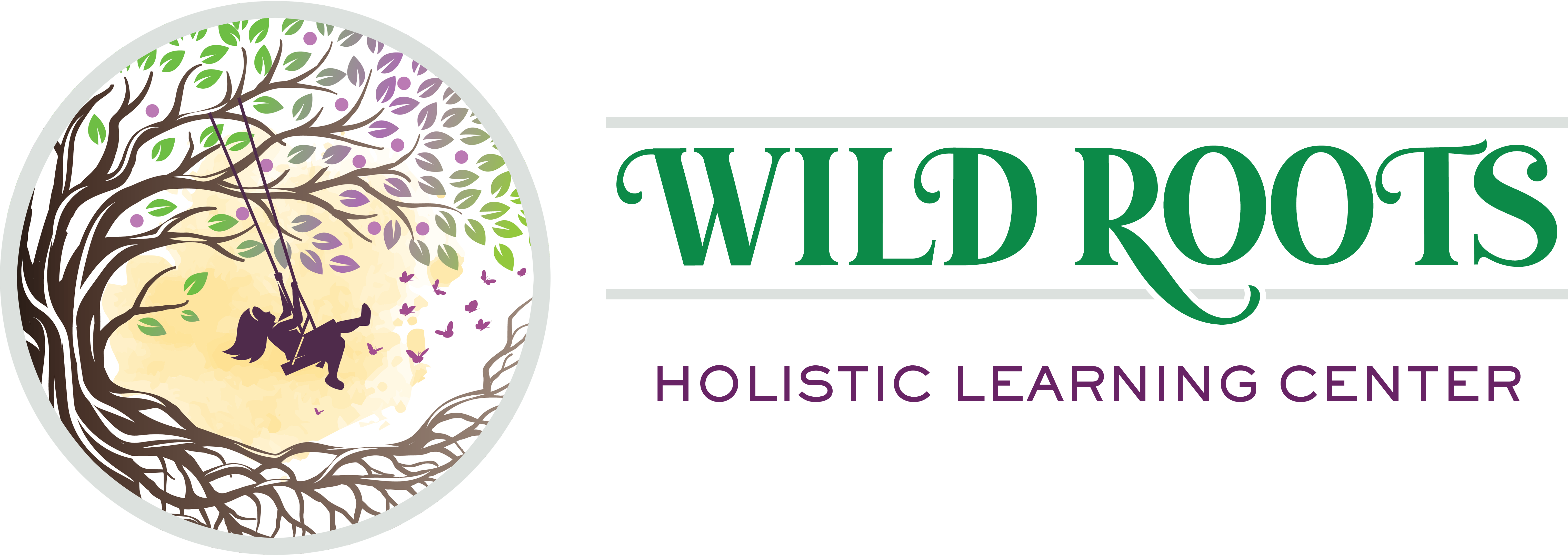


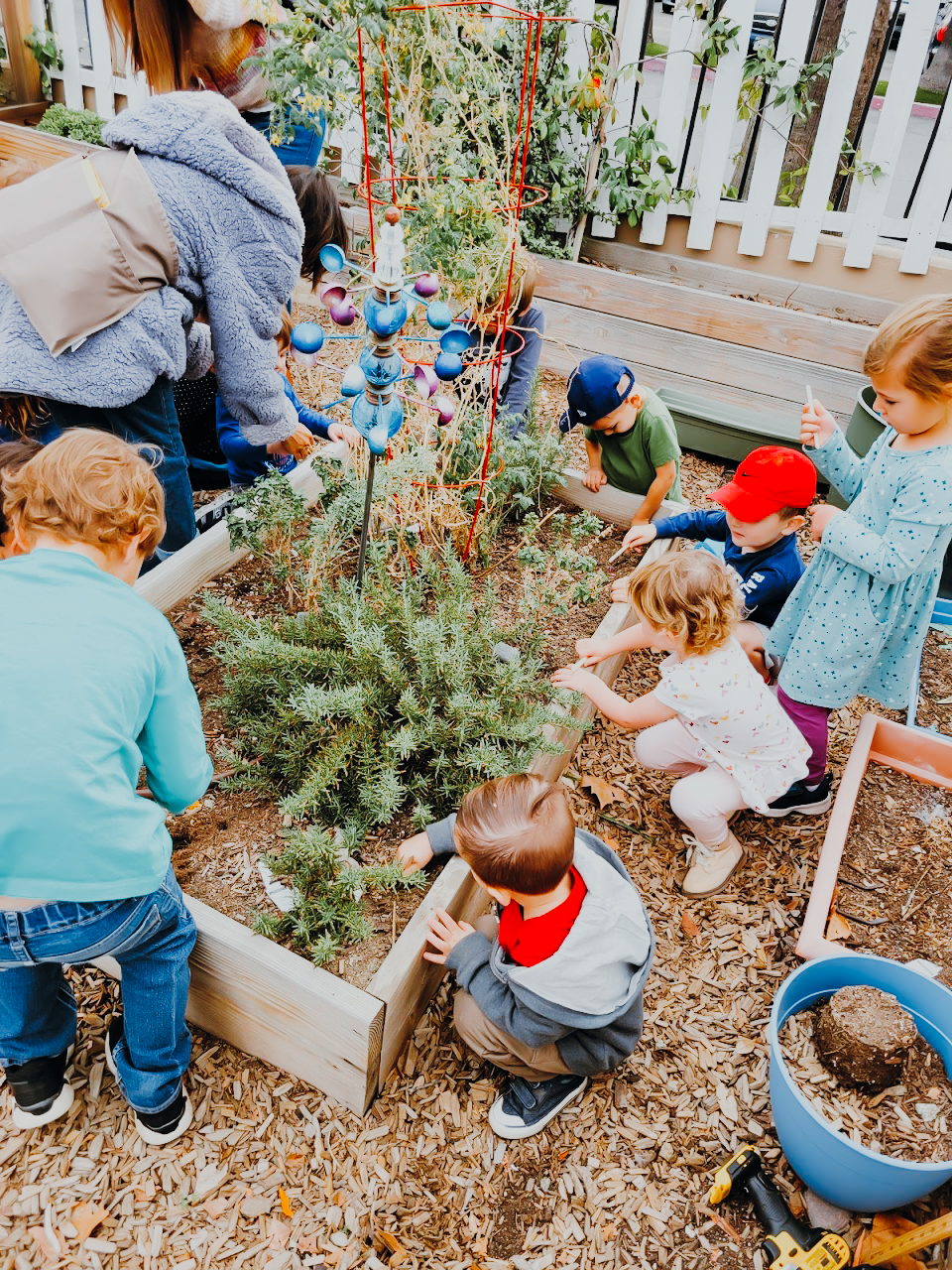
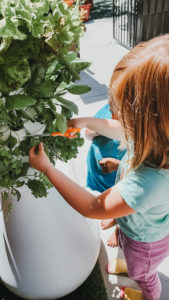
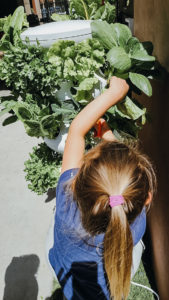
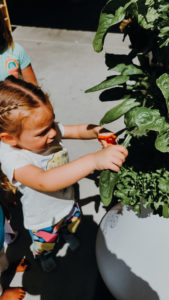
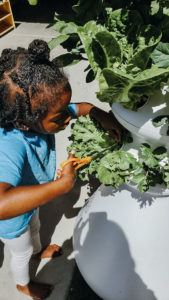

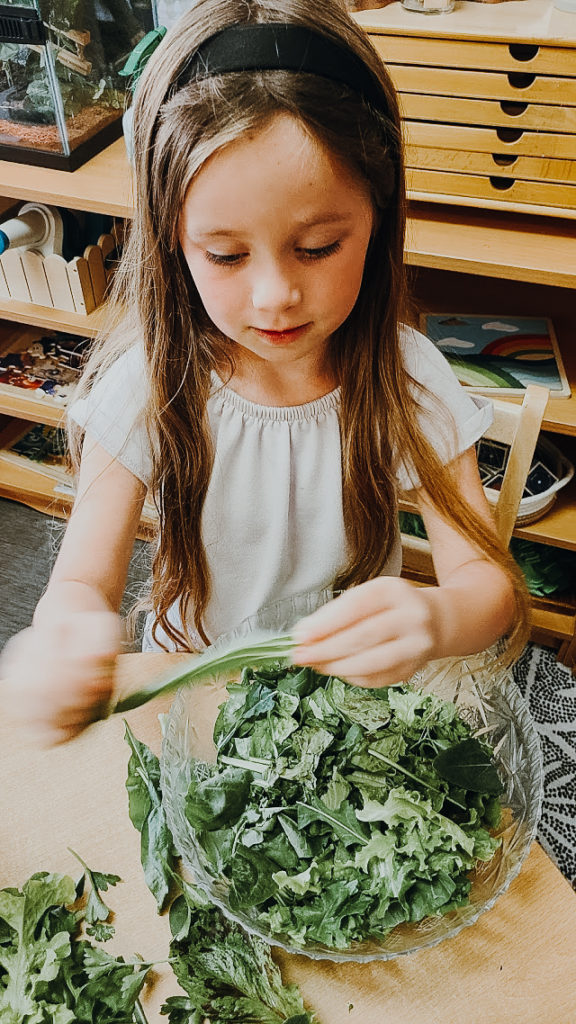




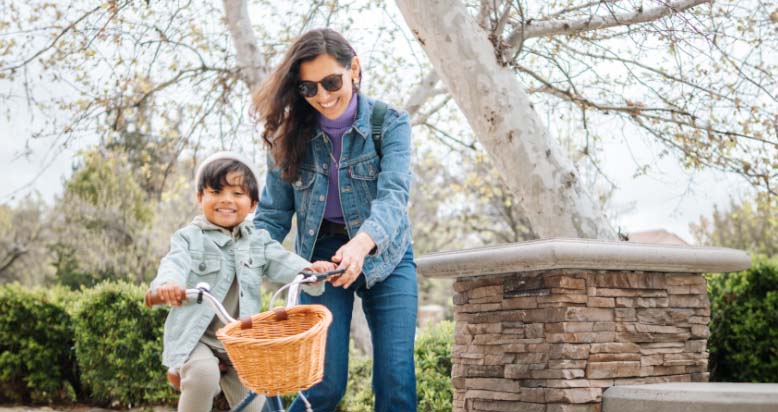

0 Comments